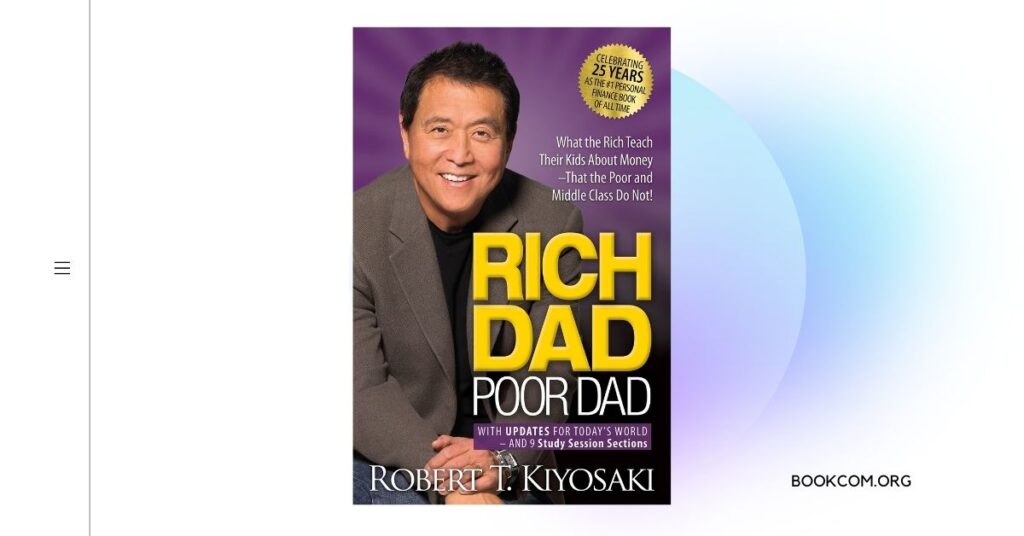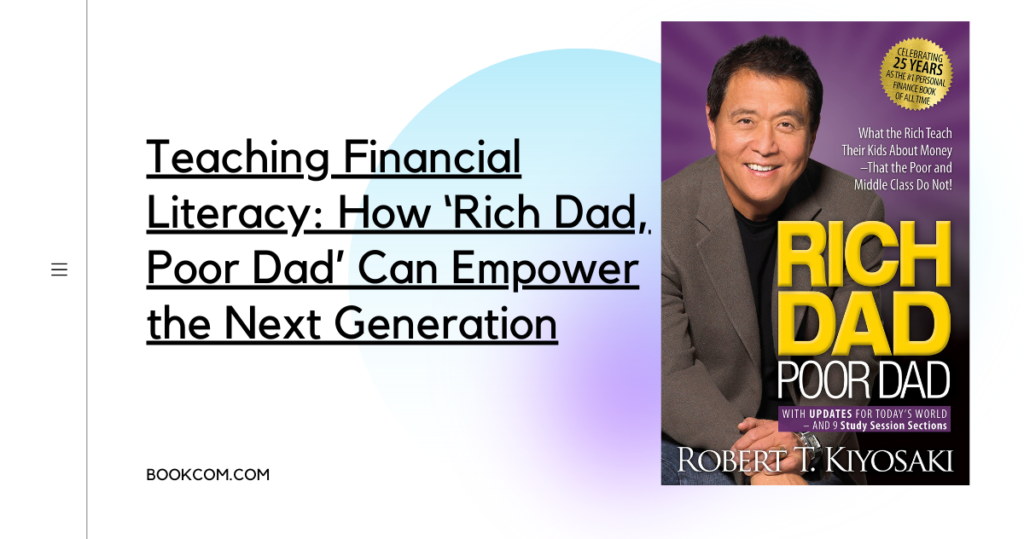Real estate investing has long been considered a powerful wealth-building strategy, and ‘Rich Dad, Poor Dad’ by Robert Kiyosaki has played a significant role in popularizing this approach. The book provides valuable insights into the world of real estate investing and offers practical strategies that can transform your financial outlook. In this article, we will explore real estate investing strategies inspired by ‘Rich Dad, Poor Dad’ that can help you harness the potential of this asset class and pave the way for financial success.
Strategy 1: Acquiring Income-Generating Properties
One of the key lessons from ‘Rich Dad, Poor Dad’ is the importance of acquiring income-generating properties. Kiyosaki highlights the value of real estate as an asset class that can provide a steady stream of passive income and long-term wealth growth.
Practical Tip: Conduct thorough market research to identify properties in desirable locations with strong rental demand. Look for properties that generate positive cash flow, meaning the rental income exceeds expenses and mortgage payments. Consider investing in multi-unit properties or rental properties that offer the potential for multiple income streams.
Strategy 2: Leveraging Other People’s Money
‘Rich Dad, Poor Dad’ emphasizes the power of leveraging other people’s money (OPM) to finance real estate investments. Kiyosaki explains how using OPM, such as bank loans or private investors, can allow you to acquire properties with minimal personal capital and increase your return on investment.
Practical Tip: Build a strong financial foundation and establish good credit to increase your eligibility for loans. Develop relationships with lenders and explore financing options that align with your investment goals. Consider partnerships or joint ventures with other investors to pool resources and leverage OPM collectively.
Strategy 3: Appreciation and Equity Growth
Real estate has the potential for long-term appreciation and equity growth, as highlighted in ‘Rich Dad, Poor Dad.’ Kiyosaki explains that by strategically investing in properties in high-demand areas, you can benefit from the appreciation of property values over time.
Practical Tip: Research and identify emerging or established markets with a history of strong property appreciation. Consider factors such as population growth, job opportunities, and infrastructure development. Take a long-term perspective when investing in real estate, as equity growth can significantly contribute to your overall wealth accumulation.
Strategy 4: Tax Advantages of Real Estate Investing
‘Rich Dad, Poor Dad’ underscores the tax advantages associated with real estate investing. Kiyosaki explains that real estate investors can benefit from deductions, such as mortgage interest, property taxes, depreciation, and maintenance expenses, which can help reduce taxable income.
Practical Tip: Consult with a qualified tax advisor to understand the specific tax benefits available in your jurisdiction. Keep meticulous records of all expenses related to your real estate investments. Explore strategies like 1031 exchanges or self-directed IRAs to optimize tax advantages and maximize your investment returns.
Strategy 5: Continuous Education and Networking
In ‘Rich Dad, Poor Dad,’ Kiyosaki emphasizes the importance of continuous education and networking in the real estate investing realm. Building knowledge and fostering relationships can open doors to new opportunities and valuable insights.
Practical Tip: Stay updated on real estate market trends, investment strategies, and legal regulations through books, courses, seminars, and industry-specific publications. Attend real estate networking events, join local real estate investment associations, and connect with experienced investors to learn from their experiences and gain valuable advice.
Real estate investing can be a powerful wealth-building strategy when approached with knowledge and strategic thinking. Inspired by ‘Rich Dad, Poor Dad,’ the strategies outlined above provide a roadmap for success in real estate investing. By acquiring income-generating properties, leveraging OPM, capitalizing on appreciation and equity



